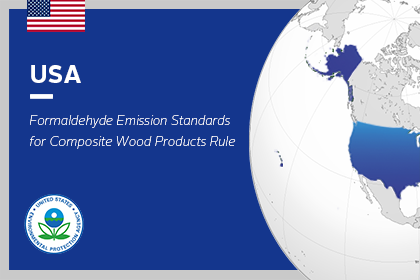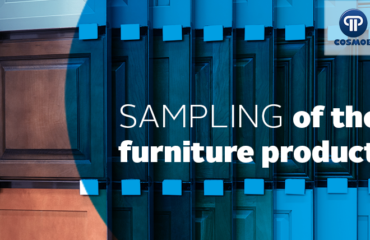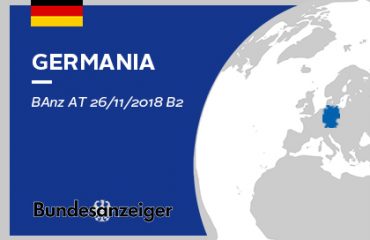The U.S. Environment Protection Agency anticipated to the 1th of June 2018 the entry into force in the United States of the “Formaldehyde Emission Standards for Composite Wood Products Rule” TSCA Title VI, adopting the limits of formaldehyde emissions of the “California Air Resources Board” CARB P2.
This regulation requires producers, importers, distributors and panel transformers to comply with the following formaldehyde emission limits: 0.05 parts per million for the compensated panels; 0.09 for particle board (chipboard); 0.11 for fiber panels (MDF) and 0.13 ppm for thin MDF panels, ie with a thickness of up to 8 mm. Furthermore, the aforementioned panels, if veneered with wood or bamboo (woody grass veneer) using urea-formaldehyde resins must comply with the limit of 0.05 ppm for the Laminated Products.
Until March 22nd, 2024, transformers (= veneer panel producers) will be able to demonstrate compliance with the limits through compliant test reports; after this date, these productions must also comply with the product certification requirements of the raw panels (4 audits / year and product certification and not only compliant test reports).
Starting from the 1th June 2018 all wood-based panels and products containing them, such as furniture, in order to enter the US market, must comply with the formaldehyde emission limits mentioned above.







